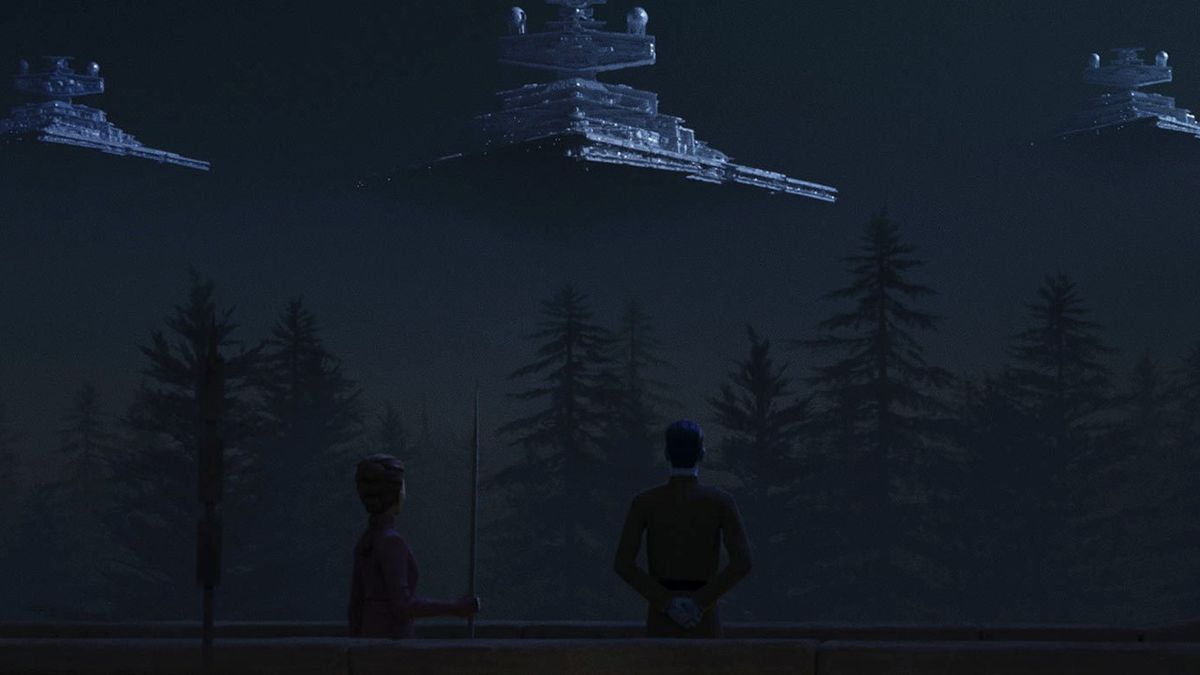Celestial Mystery: The Journey of Comet 12P/Pons-Brooks
Comets have long mesmerized humanity with their ethereal beauty and intriguing nature. This month, stargazers might have the chance to catch a glimpse of one such celestial wanderer, comet 12P/Pons-Brooks. To witness this cosmic spectacle, enthusiasts will need nothing more than clear skies, a touch of luck, and the aid of good binoculars or a telescope along with a reliable sky map to navigate their way to this enigmatic visitor.
The Discoverers
Comet 12P/Pons-Brooks bears the names of two renowned comet hunters – Jean-Louis Pons and William R. Brooks. Pons, a French astronomer, achieved fame for his visual comet discoveries, spotting a remarkable 37 comets from 1801 to 1827 with his self-designed telescopes. One of his significant finds, comet Pons, observed in 1812, turned out to be periodic, taking around 65 to 75 years to complete its orbit around the sun. Later, British-American observer Brooks identified the same comet in 1883, solidifying its legacy as 12P/Pons-Brooks.
This comet, classified as a “Halley-type” due to its orbital period, has exhibited striking performances over the centuries, with notable outbursts and fluctuations in brightness. Despite its predictability, 12P/Pons-Brooks continues to captivate astronomers and skywatchers alike with its enigmatic behavior.
Past Performances
During its close approach to Earth in 1883-1884, comet 12P/Pons-Brooks dazzled observers, displaying a magnificent tail and reaching notable magnitudes. Subsequent apparitions showcased its tendency for sudden flare-ups, enhancing its reputation as a whimsical and unpredictable cosmic entity.
Recent observations indicate that 12P/Pons-Brooks is once again displaying irregular brightness outbursts, hinting at the possibility of future celestial spectacles. The comet’s cryovolcanic nature, characterized by the release of trapped volatiles, might explain these events, adding to its mystique and allure.
Tracking the Comet
Throughout March, comet 12P/Pons-Brooks will be observable in the evening sky, gradually progressing towards its perihelion on April 21. With each passing day, its visibility and apparent motion will increase, providing skywatchers with a unique opportunity to witness this cosmic wanderer as it journeys through the constellations.
By equipping oneself with a sky chart and binoculars, observing comet 12P/Pons-Brooks becomes an accessible and rewarding experience. As it brightens towards late March, showcasing a potential tail and enhanced visibility, the comet will offer a mesmerizing sight against the backdrop of the celestial canvas.
Future Flares and Cosmic Events
While speculations about further flare-ups persist, experts predict minor surges in brightness for 12P/Pons-Brooks. These events, although intriguing, are unlikely to transform the comet into a dazzling spectacle. Nevertheless, the comet’s enigmatic behavior continues to fascinate astronomers and sky enthusiasts worldwide.
As 12P/Pons-Brooks embarks on its celestial journey, marking yet another chapter in its cosmic odyssey, observers eagerly anticipate its future appearances. Although its current apparition might be the last for many, the possibility of witnessing its enigmatic nature remains a source of excitement for generations to come.
Image/Photo credit: source url





